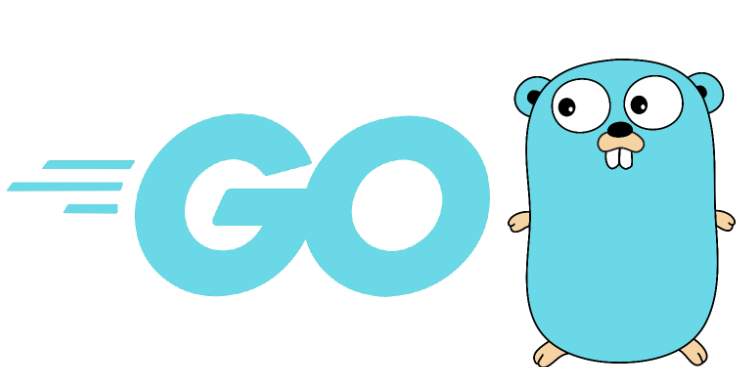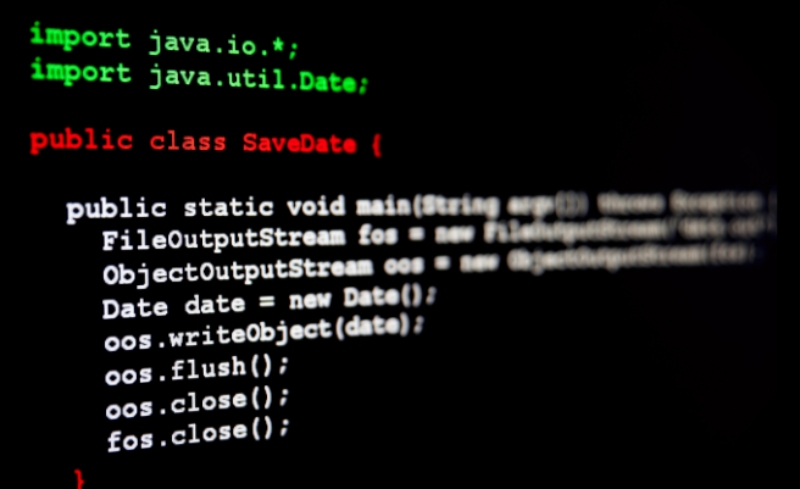
In the world of programming, converting data types is a common task, and Golang provides powerful built-in functions to handle such conversions efficiently. One frequently encountered scenario is converting an integer to a string. In this article, we will delve into the intricacies of converting an int to a string in Golang, exploring various techniques and methods to accomplish this task effectively.
Method 1: Using strconv.Itoa()
The strconv package in Golang offers a convenient function called Itoa() that converts an integer to its corresponding string representation. Here's how it works:
GO code
package main
import (
"fmt"
"strconv"
)
func main() {
num := 42
str := strconv.Itoa(num)
fmt.Println(str)
}
This code snippet converts the integer 42 to the string "42" using strconv.Itoa(). It is important to note that this method is specifically designed for integer-to-string conversions and should not be used for other data types.
Method 2: Using fmt.Sprintf()
Another approach to converting an integer to a string in Golang is by using the Sprintf() function from the fmt package. Here's an example:
GO code
package main
import "fmt"
func main() {
num := 42
str := fmt.Sprintf("%d", num)
fmt.Println(str)
}
In this code, the Sprintf() function formats the integer 42 into a string and assigns it to the variable str. This method offers more flexibility compared to strconv.Itoa() as it supports formatting options for different data types.
Method 3: Using strconv.FormatInt()
The strconv package provides another useful function called FormatInt() that allows you to convert an integer to a string while specifying the base. Let's see how it works:
GO code
package main
import (
"fmt"
"strconv"
)
func main() {
num := int64(42)
str := strconv.FormatInt(num, 10)
fmt.Println(str)
}
In this code snippet, we convert the int64 value 42 to its string representation using strconv.FormatInt(). The second argument specifies the base, which is set to 10 in this case. You can choose different bases, such as 2 for binary or 16 for hexadecimal conversions.

Method 4: Using string conversion by casting
In some cases, a simple casting operation can be used to convert an int to a string in Golang. Here's an example:
GO code
package main
import "fmt"
func main() {
num := 42
str := string(num)
fmt.Println(str)
}
In this code, we cast the integer 42 directly to a string using the string() conversion function. However, this method converts the integer value to its corresponding Unicode character, which may not produce the desired result in all cases.
Method 5: Using strconv.AppendInt()
For more advanced scenarios, where you need to append an integer to an existing string, the strconv package provides the AppendInt() function. Here's an example:
GO code
package main
import (
"fmt"
"strconv"
)
func main() {
num := 42
str := "The answer is: "
str = strconv.AppendInt([]byte(str), int64(num), 10)
fmt.Println(string(str))
}
In this code snippet, the AppendInt() function appends the string representation of the integer 42 to the existing string "The answer is: ".
Conclusion
Converting an integer to a string in Golang is a fundamental operation that can be accomplished using various methods. In this article, we explored different techniques, including strconv.Itoa(), fmt.Sprintf(), strconv.FormatInt(), casting, and strconv.AppendInt(). Each method has its own advantages and use cases, so choose the one that best suits your specific needs. With this comprehensive guide, you now have the necessary knowledge to handle integer-to-string conversions efficiently in Golang.
final thought

by Harsh Verma
final thought

